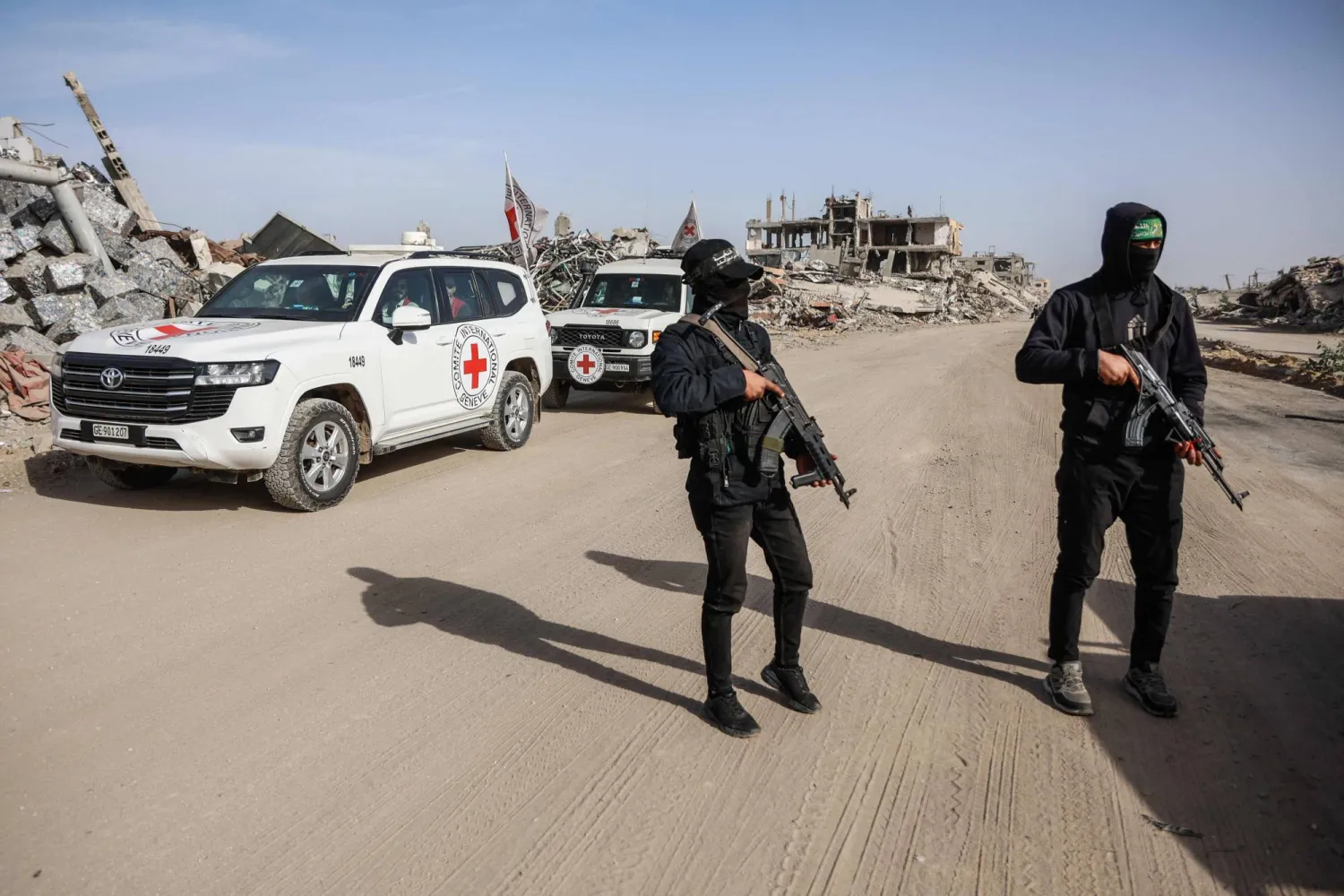Ukrainian special services were likely behind a series of recent attacks on the Wagner-backed Rapid Support Forces (RSF) near Sudan’s capital, CNN reported on Wednesday.
The attacks raise the prospect that the fallout from Russia’s invasion of Ukraine has spread far from the frontlines.
Speaking to CNN, a Ukrainian military source described the operation as the work of a “non-Sudanese military.” Pressed on whether Kyiv was behind the attacks, the source would only say that “Ukrainian special services were likely responsible.”
The operation involved a series of attacks on the RSF paramilitary group, which is believed to be receiving assistance from Wagner, the Russian mercenary group, in its fight against the Sudanese army for control of the country.
CNN said it was unable to independently confirm Ukraine’s involvement in the series of strikes. But video footage obtained by CNN pointed to the Ukrainian-style drone attacks in Omdurman and other cities.
Experts also said the tactics used – namely the pattern of drones swooping directly into their target – were highly unusual in Sudan and the wider African region.
CNN added that the videos showed that two commercially available drones widely used by Ukrainians were involved in at least eight of the strikes, with Ukrainian text seen on the drone controller.
The two drones are known as the First-person view (FPV) and the DJI MAVIC 3.
The DJI MAVIC 3 drone has a maximum flight distance of 30 kilometers, a video transmission range of 15 kilometers and 46 minutes of flying time, which would indicate that the pilot would have been operating the drone inside, or very close to, the city of Omdurman.
A high-level Sudanese military source said he had “no knowledge of a Ukrainian operation in Sudan” and did not believe it was true.
The powerful Russian mercenary group has played a public and pivotal role in Moscow’s foreign military campaigns, namely in Ukraine, and has repeatedly been accused of committing atrocities.
In Africa, it has helped to prop up Moscow’s growing influence and seizing of resources.
The Wagner Group first appeared in Sudan in 2017 after former President Omar Bashir's visit to Moscow, where he asked for security and military assistance from Russian President Vladimir Putin, in exchange for providing Russia a naval military base in Port Sudan.
At the time, the Meroe Gold company was founded to supervise the extraction of gold from Sudan’s mine. The company was part of the empire of the mercenary group’s late leader Yevgeny Prigozhin, who consolidated control over Wagner’s activities in Africa.
Several sides accuse the Wagner group of building a close relationship with RSF paramilitary fighters and their leader Mohamed Hamdan Dagalo – widely known as Hemedti.
Five months after the war broke out in Sudan between the army and the RSF paramilitary group, in mid-April, neither side appeared close to a decisive military victory. Meanwhile, the humanitarian suffering of the majority of Sudanese continues and threatens to consume the entire country.









